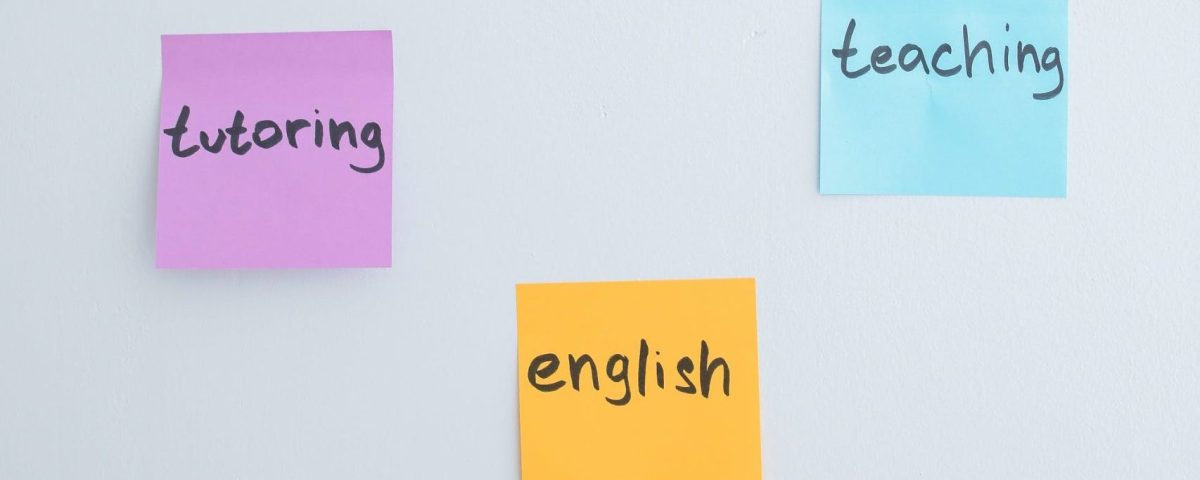


Top Selective School Graduate’s Tips on Excelling in Persuasive Writing for NAPLAN
November 20, 2023


Top Selective School Graduate’s Tips on Writing Feature Articles for Selective and Scholarship Exams
November 25, 2023Top Selective School Graduate’s Tips on Reading in Selective Test and Scholarship Exams
Excelling in reading comprehension is crucial not only for the selective test and scholarship exams but also later on in high school. Read below for tips on excelling in this section.
The selective reading section consists of 30 multiple-choice questions, with 40 minutes to
complete them. These questions are both literal and inferential in nature, and are based on a
variety of texts, including fiction, articles, poetry and non-fiction pieces. Whilst the tight-timed
conditions and diverse range of questions may seem intimidating, it is possible to ace this
section by employing some strategies.
1. Read, read, read!
As you begin to practise questions and do trial papers, you will notice that you find certain
types of texts easier than others, whilst you find others harder. For example, oftentimes,
students find reading and comprehending poetry harder than other text types due to the
distinctive form and techniques used. I recommend that you recognise what your weaker text
types are and take 5 – 10 minutes a day to read through this type of text. It is important that
when you are reading, you practise identifying what you think are the key points and
summarise the text, rather than mindlessly scanning through it.
2. Practise vocabulary but also practise inference.
Although when reading it is often tempting to go to the dictionary with every unfamiliar word
and collect this in a vocabulary book, this may not be the best strategy for the selective
school placement test. During the selective test, you will not have any access to dictionaries
if you see an unfamiliar word, and so it is key to your success that you practise inferring what
words mean based on the context, ie. the words around it. If you do, however, identify
recurrent words that you don’t understand, you should search these up, read example
sentences, and try to write sentences using these.
3. Do your past papers!
Doing practice papers is the easiest way to find your weaknesses, strengths, what
techniques work best for you and your timing. Some techniques that you can try when you
do your papers include:
● Circle the keywords and phrases you find important: When you read your texts, you
can try circling key events that may have happened, so if the question mentions
details regarding these events you can easily scan back to these details.
● Focus on the topic sentence: The topic sentence of a paragraph is the first one that
outlines what will be detailed later down the track. If you can thoroughly understand
the topic sentences and recall them when reading the questions, it will be easier for
you to go back into the text and pick what is relevant to you.
● Timing: Timing is of utmost importance as you have little over a minute to answer
each question and this includes reading all of the texts. If you find that you are
spending too much time on one question, I recommend that you star the question
and move on, as spending too much time on 1 mark may cost you 5 marks. If you
begin to feel rushed by the end of the section, you can read all the questions for the
relevant text first before scanning for keywords.
● Picking your answer: When picking answers, students tend to pick before reading all
of the options. Always make sure you look at all the answers because there may be a
trick that you did not notice before. If you are still confused after reading all the
options, try to consider each option one by one and eliminate what you think is wrong
rather than picking what you think is right.
Interested in learning more? Enrol in our selective trial test programs where you can learn exam technique so that you are prepared for any type of question in the reading section.




